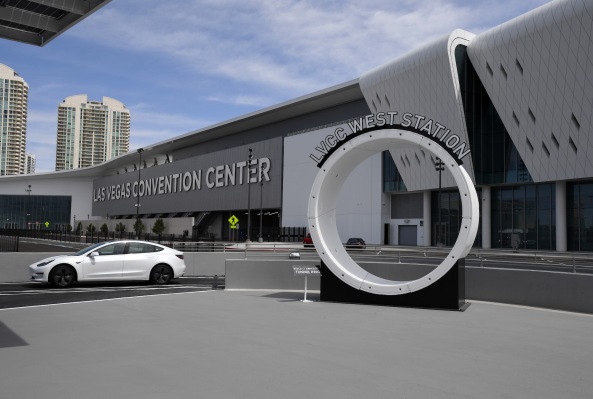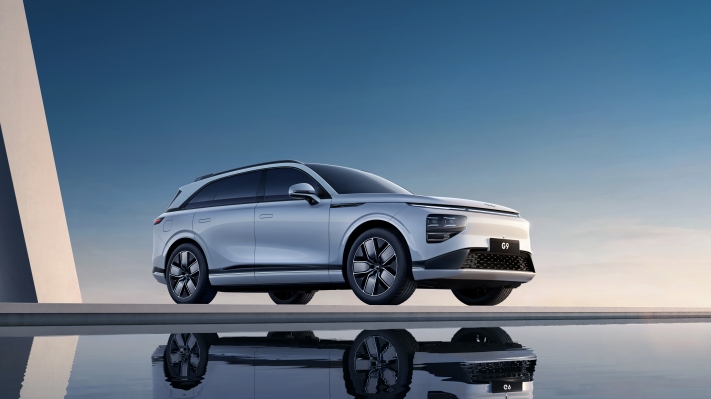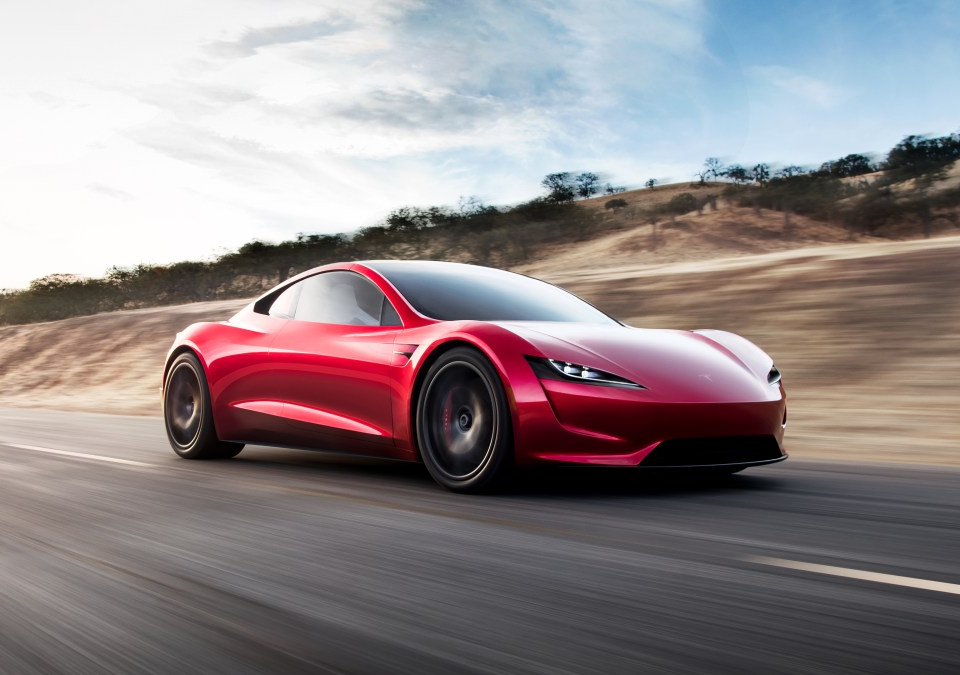
Early data shows Elon Musk’s Las Vegas Loop not yet up to speed
December 11, 2021
Form Energy, the buzzy battery tech company, offers more of a window into its work
December 12, 2021
Like Nio, Chinese electric car maker Xpeng has kickstarted its international expansion. But unlike its rival, which put on a series of splashy campaigns in Norway, Xpeng launched quietly in the Scandinavian country last month.
In Norway, Xpeng has begun shipping its G3 SUVs and P7 sedans. The Chinese EV startup aims to enter more European markets in 2022, a company spokesperson told TechCrunch.
Xpeng has stayed low-key with its overseas expansion probably because it was waiting to launch its first “international” model, the G9 SUV that came to light today.
“G9 is our first model to be conceived and developed from the ground up for both the international and Chinese markets, bringing our most sophisticated designs to our customers worldwide,” the firm’s co-founder and president Henry Xia said at an auto exhibition on Friday.
The SUV is Xpeng’s fourth production model and will be the first to possess the carmaker’s latest advanced driver assistance system. The ADAS, called Xpilot 4.0, is built for urban driving, as Xpeng explained at its Tech Day last month. Baking Xpilot 4.0 into a passenger car is ambitious, as the version aims to assist anything from “vehicle start-up to parking,” a big step closer to fully autonomous driving.
Xpilot 4.0’s computing power comes from two Nvidia Orin-X system-on-the-chip units. Its hardware includes a mix of cameras, lidar, millimeter-wave radar and a 3D visual perception network.
In other words, G9 will be layered with sensors. But Xpeng tries to make them inconspicuous. Its dual-lidar units, for example, have been integrated into the headlights. Lidar had traditionally been too expensive for mass-produced cars, but Xpeng and other industry players are working to make the sensing tech affordable.
G9 is not launching in China until the third quarter of 2022, according to a person familiar with the matter, so European customers won’t likely get to try the SUV until 2023.
In the meantime, Xpeng has much work to do before its highly autonomous passenger cars are ready to ship internationally. It will need to set up charging networks in its target markets, a process that is prone to COVID disruptions. Xpilot also relies on high-definition mapping, so the Chinese firm will probably need to team up with local navigation providers.
Xpeng may also be questioned by local governments regarding the safety of its smart cars. Governments around the world vary in their attitude toward vehicle autonomy, and episodes of collisions involving Tesla’s ADAS have only increased their skepticism about the tech’s readiness.
Xpeng has done some preparation in this regard. For instance, it will be testing drivers and giving them a safety score before letting them activate Xpilot. Its vehicles’ built-in monitoring system will also keep vetting drivers and may revoke Xpilot access if it determines a driver is acting irresponsibly.
[Update on Nov 24] During the firm’s earnings call on Nov 23, founder and CEO He Xiaopeng declared that Xpeng’s target between 2020 to 2022 is to “lay a good foundation” for “software and hardware R&D development, our safety, and data protection, and also our team and organization structure revamp.” Sales, on the other hand, “is not our priority in the international market.”
Norway is just the first step, and it already is eyeing Sweden, Denmark, and the Netherlands. It will no doubt be interesting to see how Xpeng structures its operations and supply chains as it starts shipping at a greater scale globally.
The G9 is compatible with Xpeng’s “superchargers”, 800V high-voltage mass-production SiC (silicon carbide) that’s able to charge a car for up to 200 km of range within five minutes.
The SUV comes with a “fault detection” system that can identify the fault location after a breakdown. The system will then display the service center with available inventory as well as estimated repair time and cost.
Lastly, the G9 uses the Gigabit Ethernet communications architecture, which “improves communications and support” for higher-level autonomous driving, smart cockpits and OTA upgrades.
China’s Xpeng in the race to automate EVs with lidar
Top highlights from Xpeng’s 2021 Tech Day



